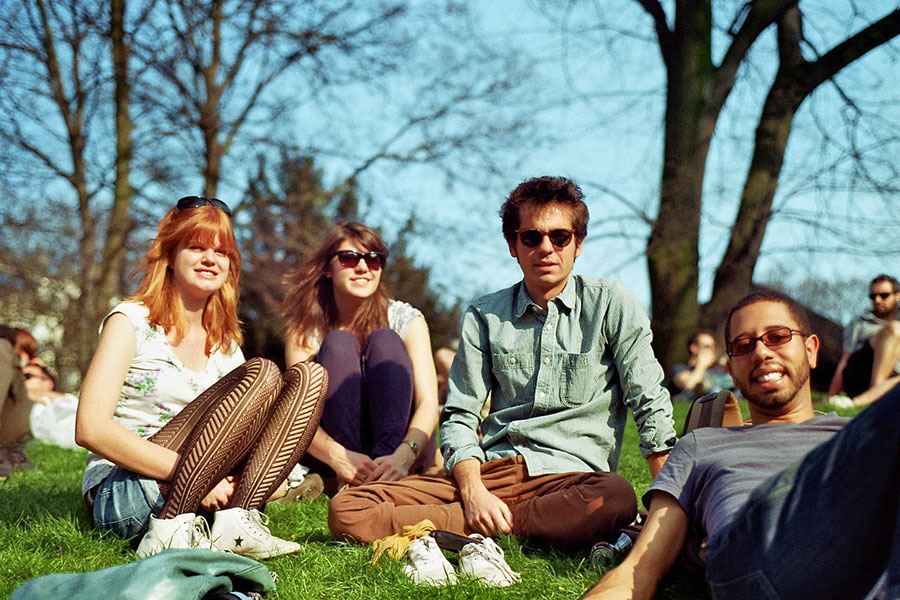According to a recent investigation held by researchers from the Royal Holloway University, a person’s attractiveness is measured by the people surrounding it. It turns out teen movies and romantic comedies where right, ugly friends do make you look better.
The team of British researchers decided to scientifically test people’s level of attractiveness by comparing different types of faces and submitting them to a judging panel, finding out that it all depends on who you hang out. Over a dozen of judges submitted opinions on the physical appearance of photographed patients and allowing the team of researchers to scientifically prove that the “ugly friend effect” is, in fact, real.

The secret of looking attractive: hang out with less-attractive friends
In 2015, pop culture introduced us to the concept of “The Duff” or the Designated Ugly Fat Friend, which is nothing more than the not-so-attractive pal that hangs out with a group of beautiful people and makes them look better.
Nicholas Furl, along with his team of researchers, decided to prove if the “ugly friend effect” was real by testing 40 individuals on their perception of other’s people attractiveness.
Participants in the study were asked to evaluate a series of people’s photographs and rank them depending on their levels of attractiveness. Researchers analyzed the first batch of results depending on the individual’s perceptions.
Researchers continued to investigate the participant’s perception by putting the same photographs they had evaluated next to a “distractor face” that according to the British team, where photographs of less attractive people. Thanks to the “distractive” factor, individuals seemed to perceive the first faces as more attractive.
“Rightly or wrongly, the way people look has a profound impact on the way others perceive them,” explained lead researcher of the study, Nicholas Furl, to the NY Daily News.
Furl explains that before the investigation was held, researchers believed that a person’s attractiveness had steady levels of the general public. “If you saw a picture of George Clooney today, you would rate him as good-looking as you would tomorrow,” explained the lead author. However, this might depend on how good-looking is the person standing next to Clooney.
Researchers proceeded to push the participant’s judgments by asking them to judge two attractive faces in contrast with a “distractor” face, finding that people tend to be more critical in judging good looking faces if a less-attractive one is present.
“The presence of a less attractive face does not just increase the attractiveness of a single person, but in a crowd could actually make us even more choosey,” explained Furl.
The study findings prove, according to researchers, that an individual’s attractiveness isn’t standard and that there exist other variables to determine someone’s levels of beauty.
The research’s findings were published in the Psychological Science journal.
Source: Sage Pub
